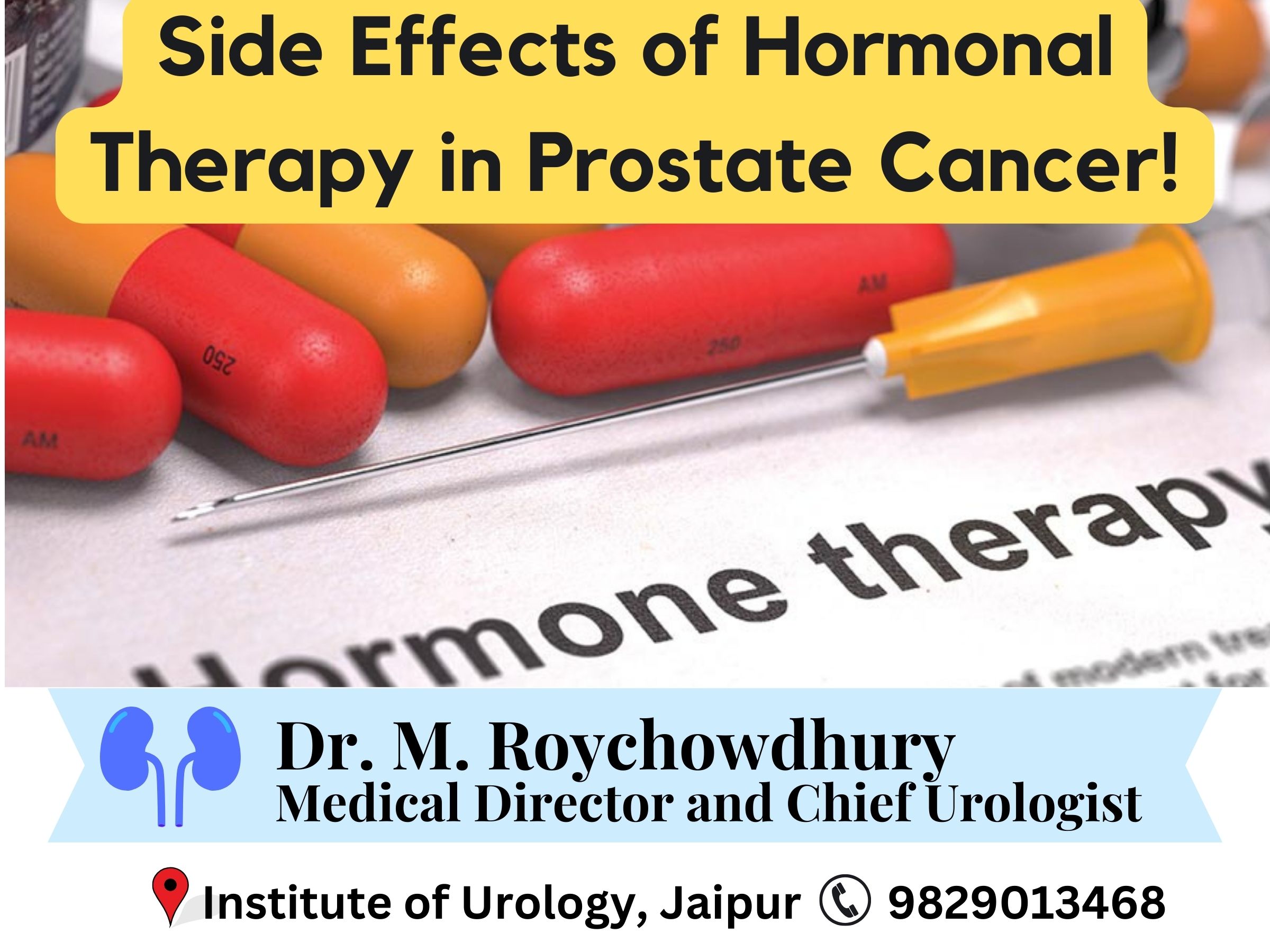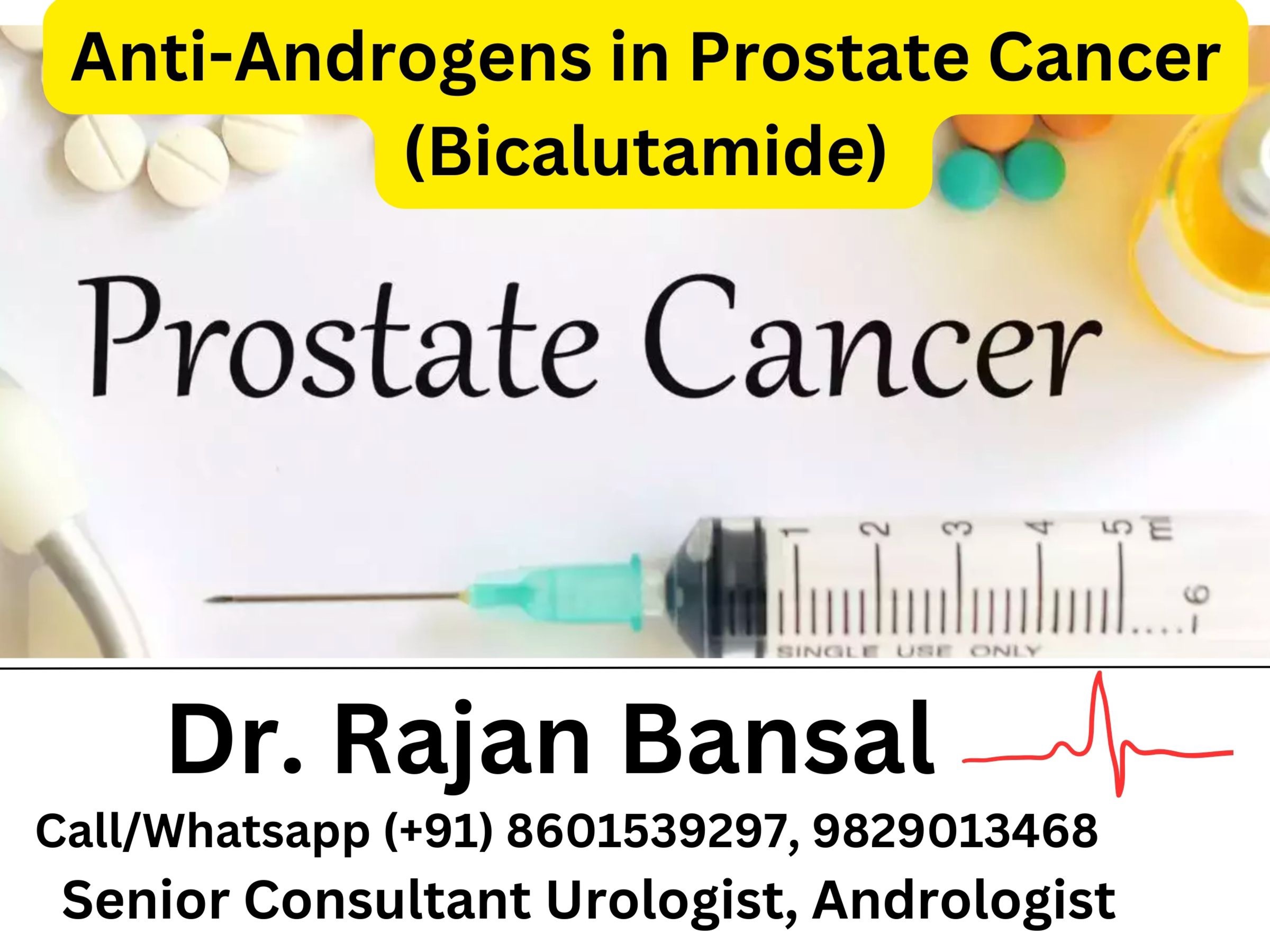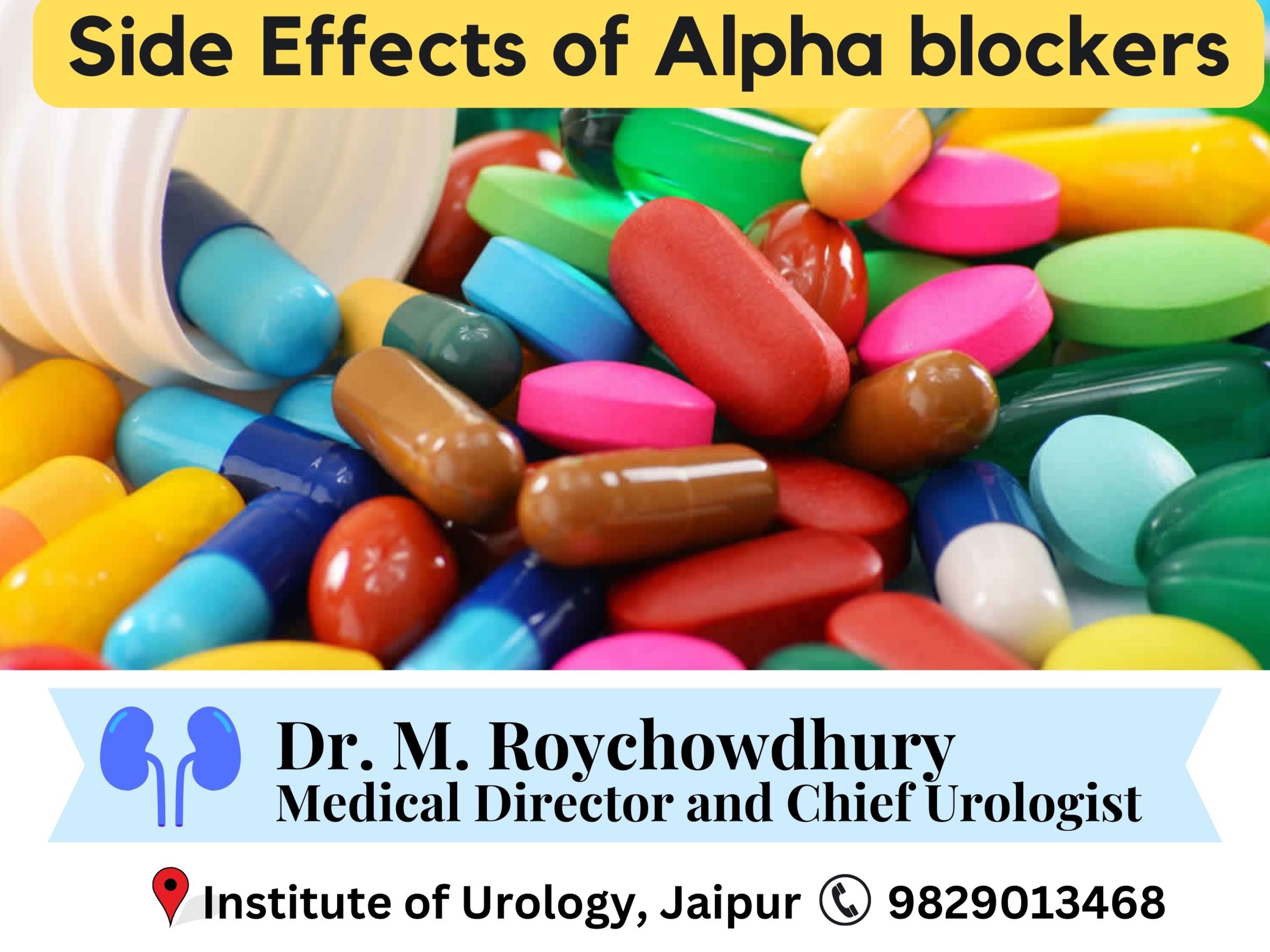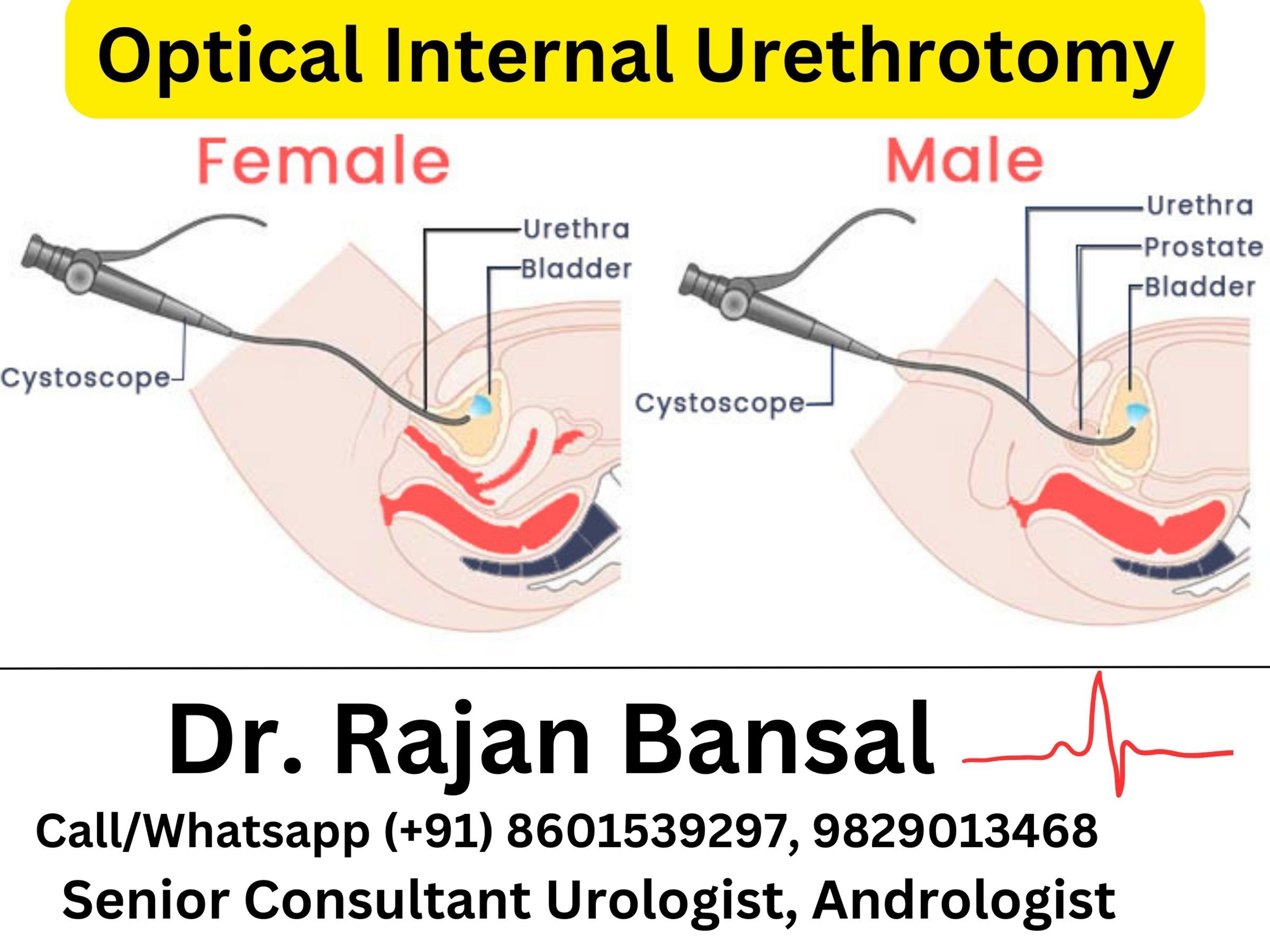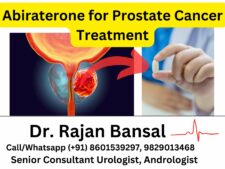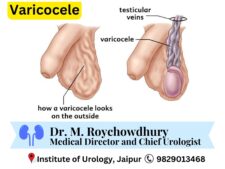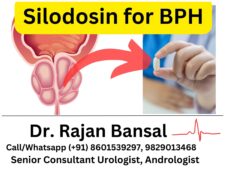Azoospermia: Understanding the Causes, Symptoms, and Treatment Options: Azoospermia is a condition that affects millions of men worldwide. It is characterized by the absence of sperm in the ejaculate, making natural conception difficult or even impossible. In this comprehensive guide, we will delve into the causes, symptoms, and available treatment options for azoospermia. Whether you’re a man diagnosed with this condition or someone seeking to understand more about it, this article aims to provide valuable insights. So, let’s explore the world of azoospermia together.
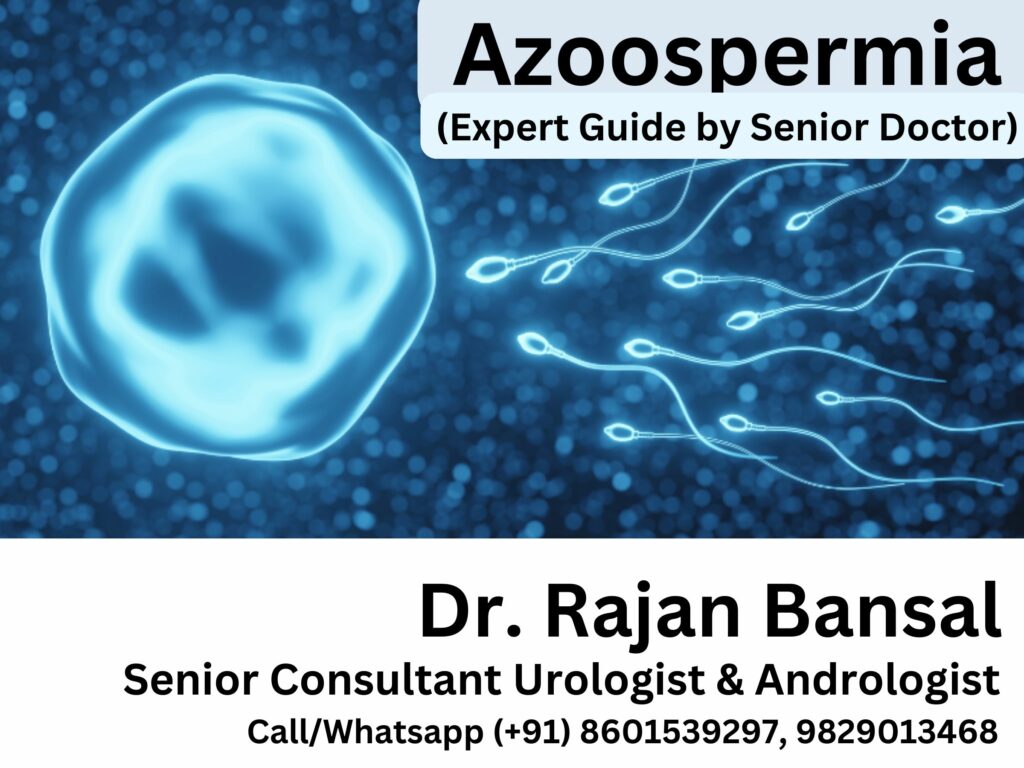
What is Azoospermia?
Definition and Types of Azoospermia
Azoospermia is a medical condition characterized by the absence of sperm in the ejaculate (semen). It is an important cause of male infertility and affects approximately 1% of the male population. Azoospermia can be classified into three main types based on the underlying causes: obstructive azoospermia, non-obstructive azoospermia, and secretory azoospermia.
Obstructive Azoospermia: In this type, the production of sperm is normal, but there is a blockage or obstruction in the reproductive tract that prevents the sperm from reaching the ejaculate. The blockage can occur at various levels, such as the epididymis, vas deferens, or ejaculatory ducts. Obstructive azoospermia can be caused by congenital abnormalities, infections, prior surgeries (e.g., vasectomy), or other factors that obstruct the flow of sperm. Among men diagnosed with azoospermia, approximately 40% have obstructive azoospermia
Non-obstructive Azoospermia: The remaining 60% of men with azoospermia have non-obstructive azoospermia. Non-obstructive azoospermia is characterized by impaired or absent sperm production in the testes. It occurs due to problems with sperm production or maturation within the testicles. The causes of non-obstructive azoospermia can include genetic conditions (such as Klinefelter syndrome or Y-chromosome microdeletions), hormonal imbalances, testicular injury, certain medications, chemotherapy or radiation therapy, and autoimmune diseases affecting the testes. It is estimated that genetic abnormalities contribute to approximately 15-20% of cases of non-obstructive azoospermia.
Secretory Azoospermia: Also known as testicular failure, secretory azoospermia occurs when the testes are unable to produce sperm despite having normal sperm transport through the reproductive tract. It is usually associated with hormonal imbalances or testicular disorders that impair the production of sperm. Causes of secretory azoospermia may include genetic abnormalities, testicular trauma, infections, certain medications, chemotherapy or radiation therapy, and certain systemic conditions affecting the testes.
Primary vs. Secondary Azoospermia
Azoospermia can be further categorized into primary and secondary azoospermia, based on the timing of its onset and underlying causes. Here’s an explanation of both:
Primary Azoospermia: Primary azoospermia refers to the condition where a man has never produced any measurable amount of sperm in his ejaculate. It is usually attributed to problems with sperm production in the testes. Primary azoospermia can be further classified into obstructive and non-obstructive types as already explained above.
Secondary Azoospermia: Secondary azoospermia refers to the condition where a man previously had measurable levels of sperm in his ejaculate but is currently experiencing an absence of sperm. In other words, it is the loss of sperm production after previously being able to produce sperm. Secondary azoospermia can have various causes, including hormonal imbalances, infections, testicular damage, certain medications, chemotherapy or radiation therapy, or lifestyle factors.
Secondary azoospermia can be temporary or permanent, depending on the underlying cause. Temporary cases may be reversible with appropriate treatment, while permanent cases may require alternative options such as assisted reproductive techniques using donor sperm.
II. Causes of Azoospermia
A. Obstructive Azoospermia
- Congenital Anomalies
- Infections and Inflammations
- Vasectomy
- Other Obstructive Factors
B. Non-Obstructive Azoospermia
- Hormonal Imbalances
- Genetic Disorders
- Testicular Dysfunction
- Environmental Factors
Symptoms of Azoospermia
Lack of Sperm in Ejaculate – There is no sperm in the ejaculate. This is only detected when semen analysis is done.
How is the Diagnosis of Azoospermia made?
The diagnosis of azoospermia typically involves a comprehensive evaluation by a senior urologist or a fertility specialist. Here are the steps involved in the diagnostic process:
Medical History: The urologist will begin by taking a detailed medical history, including any relevant information about past surgeries, infections, medications, exposures to toxins, or any other factors that might affect fertility.
Physical Examination: A physical examination will be performed to assess the genital anatomy, testicular size, and any abnormalities that may contribute to azoospermia.
Semen Analysis: A semen analysis is the primary test used to determine the presence or absence of sperm in the ejaculate. The individual will be asked to provide a semen sample, which will be analyzed in a laboratory. A complete lack of sperm in the ejaculate confirms azoospermia.
Hormone Testing: Hormone levels, particularly follicle-stimulating hormone (FSH), luteinizing hormone (LH), testosterone, and other relevant hormones, may be measured to evaluate the functioning of the hypothalamus, pituitary gland, and testes.
Genetic Testing: Genetic testing may be recommended to identify any chromosomal abnormalities or genetic mutations that could contribute to azoospermia. This is especially important in cases of non-obstructive azoospermia.
Imaging Studies: In some cases, imaging studies such as scrotal ultrasound or transrectal ultrasound may be performed to assess the reproductive tract for any structural abnormalities or signs of obstruction. Penile Doppler ultrasound is a diagnostic imaging technique used to evaluate blood flow in the penis.
Biopsy: Testicular biopsy may be conducted to directly examine the testicular tissue for the presence of sperm. This procedure can help differentiate between obstructive and non-obstructive azoospermia and guide treatment decisions.
The specific diagnostic approach may vary depending on individual circumstances, symptoms, and clinical judgment. The urologist will use the information gathered from the above steps to determine the underlying cause of azoospermia, whether it is obstructive or non-obstructive, and develop an appropriate treatment plan.
Treatment Options for Azoospermia
Obstructive Azoospermia Treatment
Here are some common treatment options for obstructive azoospermia:
Surgical Correction: Surgical correction should only be done by an expert urologist. This aims to remove the obstruction or repair the reproductive tract to allow the flow of sperm. The specific procedure depends on the location and cause of the blockage. Some common surgical interventions include:
a. Vasectomy Reversal: If the obstruction is due to a prior vasectomy, vasectomy reversal can be performed to reconnect the vas deferens and restore the flow of sperm.
b. Epididymovasostomy: In some cases, the blockage may be located in the epididymis, the tube that carries sperm from the testes to the vas deferens. Epididymovasostomy involves connecting the vas deferens directly to the epididymal tubules beyond the blockage.
c. Transurethral Resection of Ejaculatory Ducts (TURED): If the blockage is within the ejaculatory ducts, TURED can be performed to remove the obstruction and restore the pathway for sperm.
Surgical Sperm Retrieval: If surgical correction is not feasible or unsuccessful, surgical sperm retrieval techniques can be used to directly obtain sperm from the reproductive tract. The most common procedures include:
a. Percutaneous Epididymal Sperm Aspiration (PESA): PESA involves the insertion of a needle into the epididymis to aspirate sperm directly from the fluid-filled tubules.
b. Testicular Sperm Extraction (TESE): TESE, as described earlier, is a surgical procedure where small tissue samples are obtained from the testes to search for viable sperm.
Assisted Reproductive Techniques (ART): Once viable sperm is obtained, it can be used in conjunction with assisted reproductive techniques to facilitate fertilization. The most commonly used technique is intracytoplasmic sperm injection (ICSI), where a single sperm is injected directly into an egg during IVF. This allows for the successful fertilization of the egg, even with a low number of retrieved sperm.
The specific treatment approach will depend on factors such as the location and nature of the obstruction, the individual’s overall reproductive health, and personal preferences. It is crucial to consult with a fertility specialist to determine the most appropriate treatment plan for obstructive azoospermia.
Non-Obstructive Azoospermia Treatment
Here are some common treatment approaches:
Hormonal Therapy: Hormonal therapy may be prescribed to address hormonal imbalances that contribute to non-obstructive azoospermia. For example, if there is a deficiency in testosterone or other hormones involved in sperm production, hormone replacement therapy may be used to stimulate sperm production. However, the effectiveness of hormonal therapy in non-obstructive azoospermia is variable and depends on the specific hormonal imbalances present.
Surgical Sperm Retrieval: Surgical sperm retrieval techniques can be employed to directly obtain sperm from the testes for use in assisted reproductive techniques. The most commonly used surgical sperm retrieval procedures include:
a. Testicular Sperm Aspiration (TESA): This involves inserting a fine needle into the testes to aspirate small tissue samples that may contain sperm.
b. Testicular Sperm Extraction (TESE): TESE involves the surgical removal of small pieces of testicular tissue. The tissue is then examined under a microscope to identify areas containing sperm.
c. Microdissection Testicular Sperm Extraction (micro-TESE): Micro-TESE is a more precise technique that involves using an operating microscope to locate areas within the testes likely to contain sperm. This approach aims to maximize the chance of finding usable sperm.
Once sperm is retrieved, it can be used in conjunction with assisted reproductive techniques such as in vitro fertilization (IVF) with intracytoplasmic sperm injection (ICSI) to facilitate fertilization.
Donor Sperm: If surgical sperm retrieval is not successful or not desired, the option of using donor sperm for insemination or IVF with ICSI may be considered.
It is essential to consult with a fertility specialist to determine the most appropriate treatment approach based on individual circumstances and the underlying cause of non-obstructive azoospermia. The specialist will evaluate factors such as testicular function, hormonal profile, genetic testing results, and the desires and preferences of the individuals involved to develop a tailored treatment plan.
It is important to note that the success rates of fertility treatments in cases of non-obstructive azoospermia can vary depending on the specific situation and individual factors. The guidance of a qualified healthcare professional or fertility specialist is crucial throughout the treatment process.
Lifestyle Changes and Alternative Therapies
A. Healthy Lifestyle Habits
B. Dietary Considerations
C. Natural Remedies and Supplements
Azoospermia Evaluation and Treatment in Jaipur – Institute of Urology, C Scheme, Jaipur
Azoospermia is a challenging condition that can deeply affect a man’s life and desire to start a family. However, with advancements in medical science and the support of expert urologists, there is hope for many affected individuals. By understanding the causes, symptoms, and available treatment options, those diagnosed with azoospermia can make informed decisions and embark on a journey towards parenthood. Remember, you are not alone, and there are numerous resources available to guide and support you along the way. We are here to help, you can give me a call on 8601539297 (Dr. Rajan Bansal) for any queries. You can also come to the hospital and get a personalised consultation. Prior appointments can be booked on 9829013468. Booking an appointment helps us attend to you in a more prepared way with no waiting time.
In this article, we have covered a wide range of topics related to azoospermia, providing you with a comprehensive overview of the condition. By addressing the causes, symptoms, and treatment options, we aim to equip readers with valuable information and instill a sense of hope.

